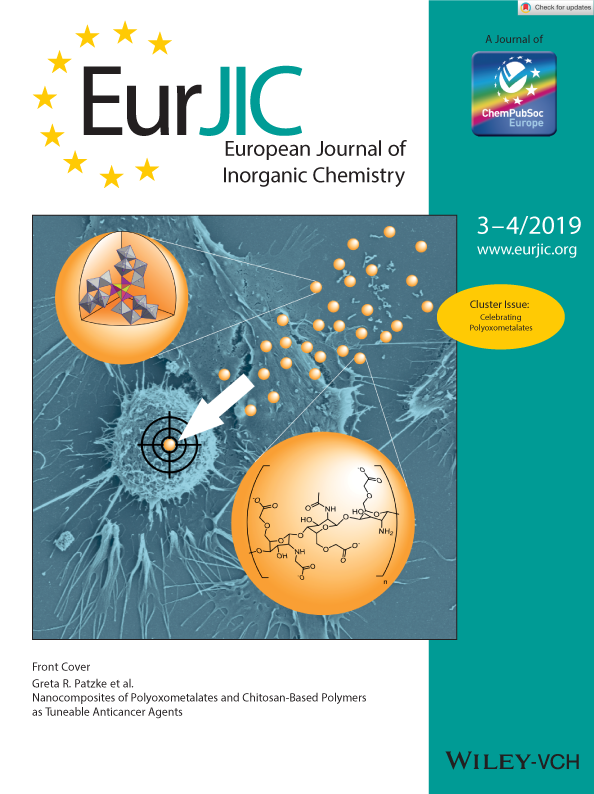Bio-Medical Properties of Polyoxometalates
Among the manifold advantages of POMs, we also focus on their highly promising anticancer, antibacterial and antiviral properties that have been fascinating chemists for decades.
Ever since first clinical tests, bio-medical POMs inspired decades of in vitro and in vivo studies. Despite many discoveries, fundamental principles behind these stunning POM properties still remain unresolved, especially: (1) Their structure-activity relationships, (2) POM speciation in cells, and (3) control over their cytotoxicity.
Inspired by manifold antiviral options of organically substituted POM types against HIV-1 protease (Bioorg. Med. Chem. Lett. 2011 (21) 1162), we next developed low-cost and tunable chitosan derivatives as POM drug carriers. The cytotoxicity of the resulting nanocomposites was significantly reduced (Small 2011 (7) 2808). Uniquely direct insights followed, such as the CLSM observation of labeled POM-chitosan nanoparticles in cells and of pristine POMs near the nuclei of HeLa cells (Dalton Trans. 2013 (42) 9914).

In parallel, we unraveled a remarkable antimicrobial efficiency of the chitosan carriers when functionalized with thiolated amino acids and related residues, giving rise to complex structure-activity relationships (Carbohydr. Polymers 2016 (151) 1184).
Current activities explore the versatile and widely tunable anticancer potential of various POM-type when combined with tailored chitin/chitosan carriers (Eur. J. Inorg. Chem. 2019, 3-4, 348). We now investigate the effect of such macromolecular drug carriers on POM speciation, in search of their unknown true active species and cellular pathways.
